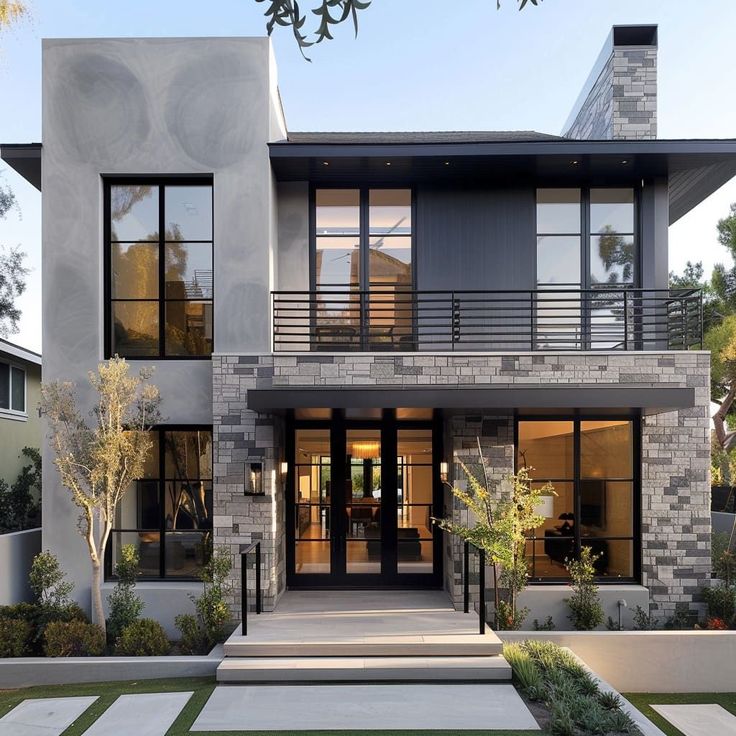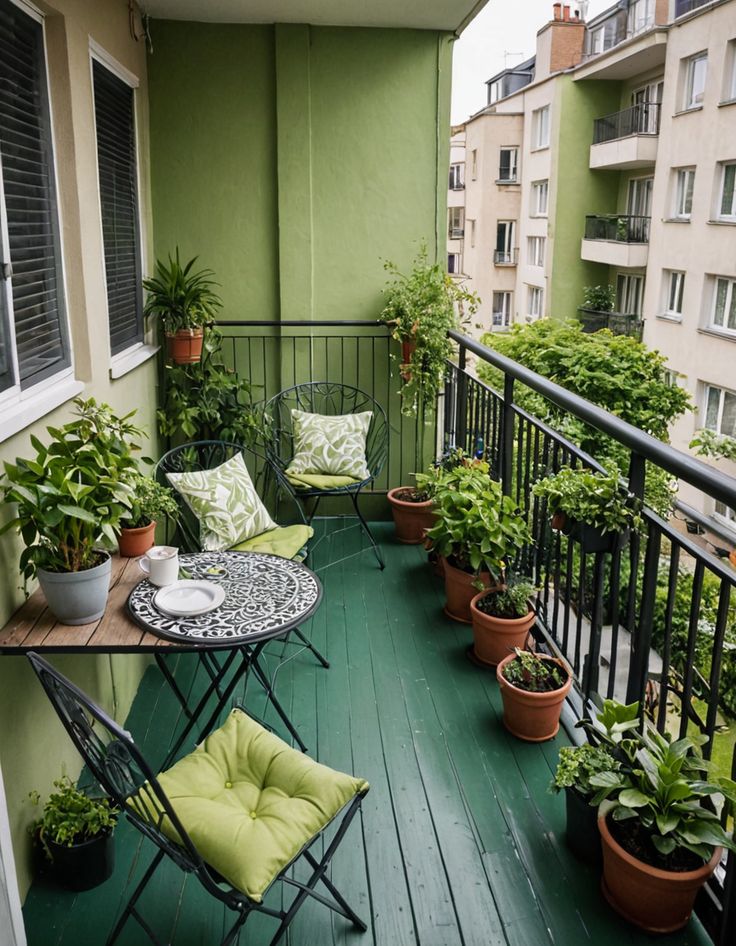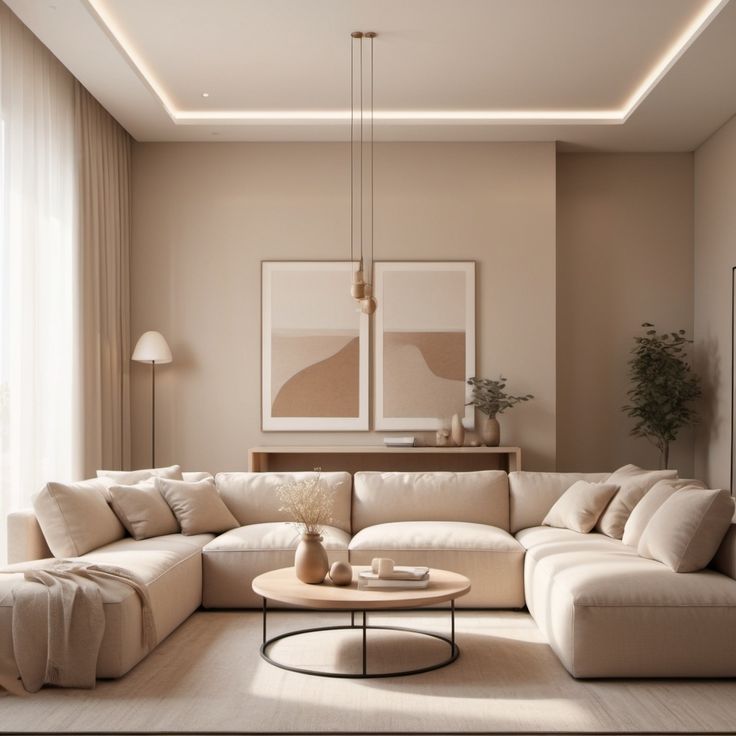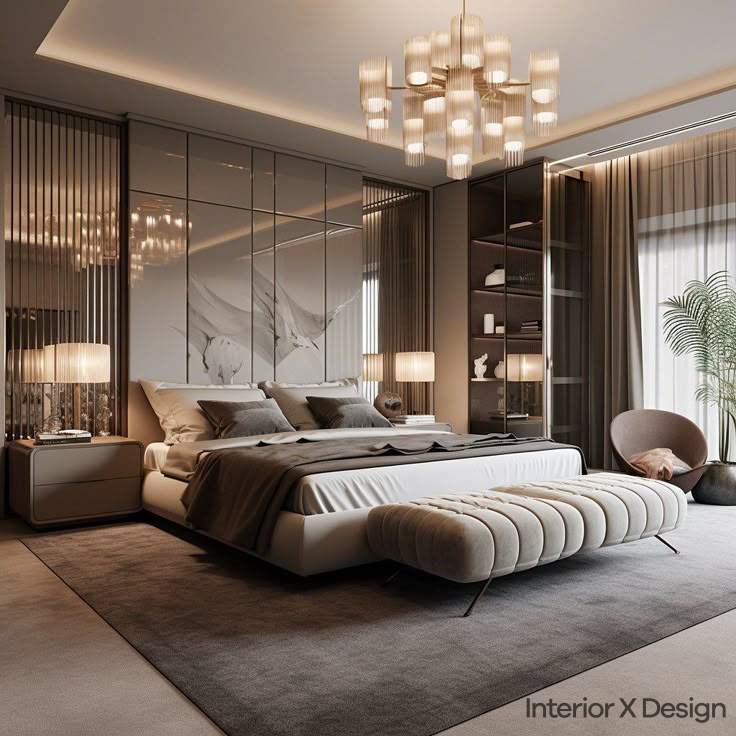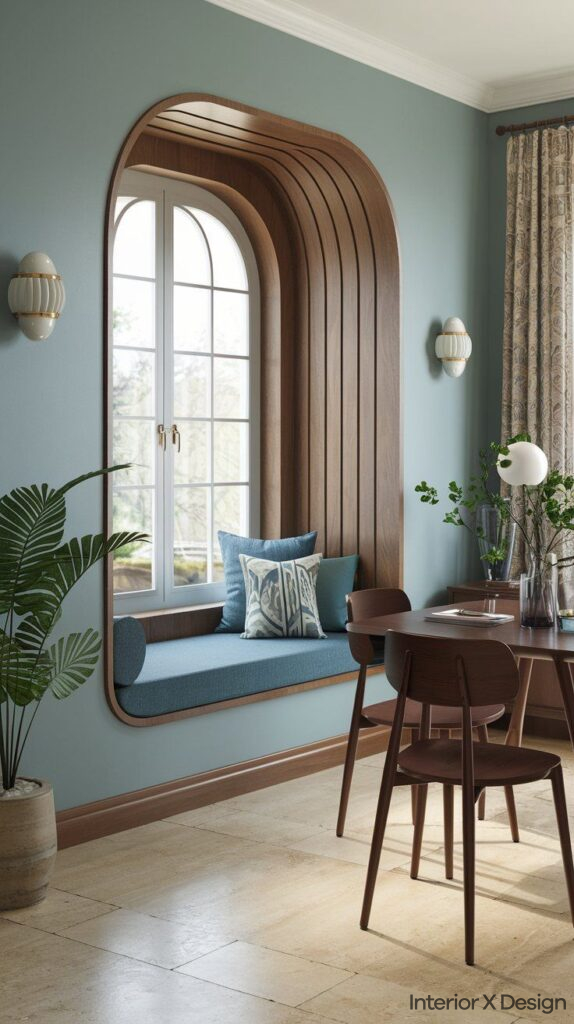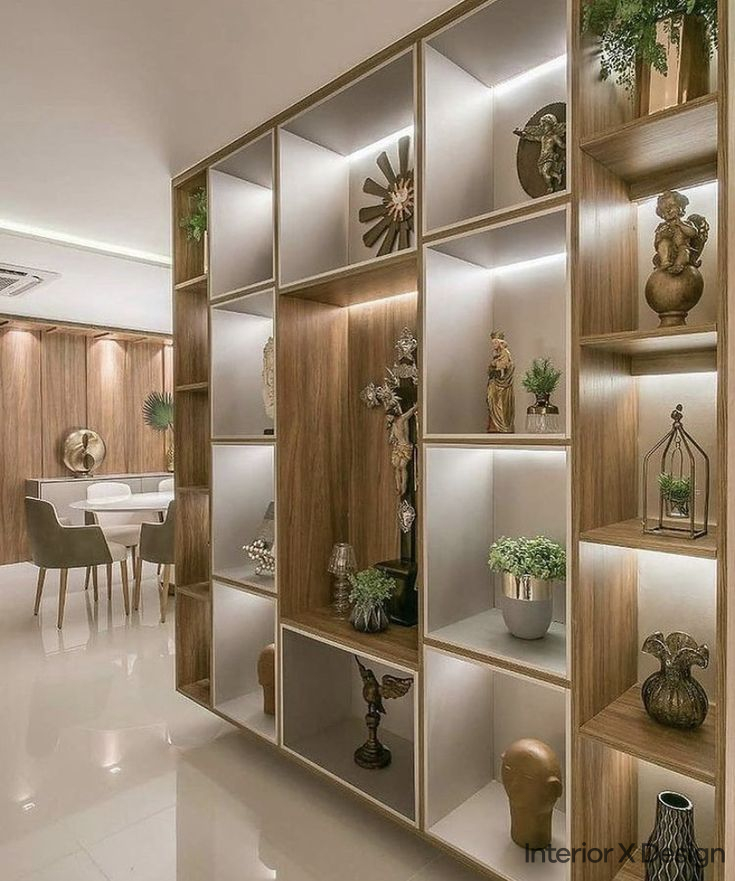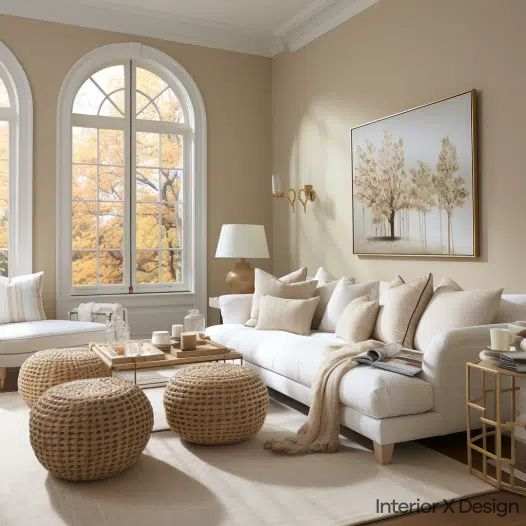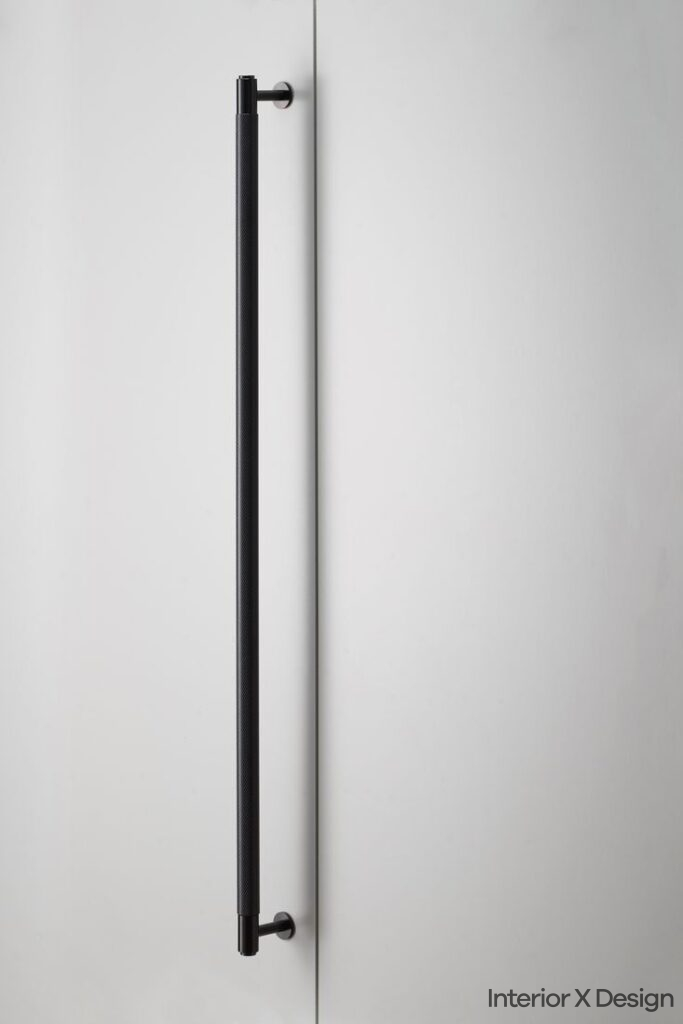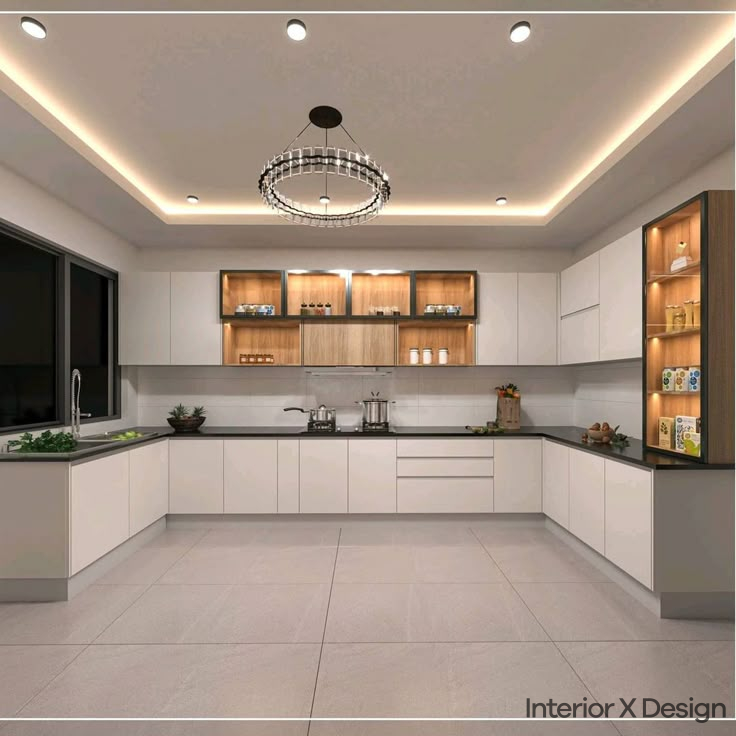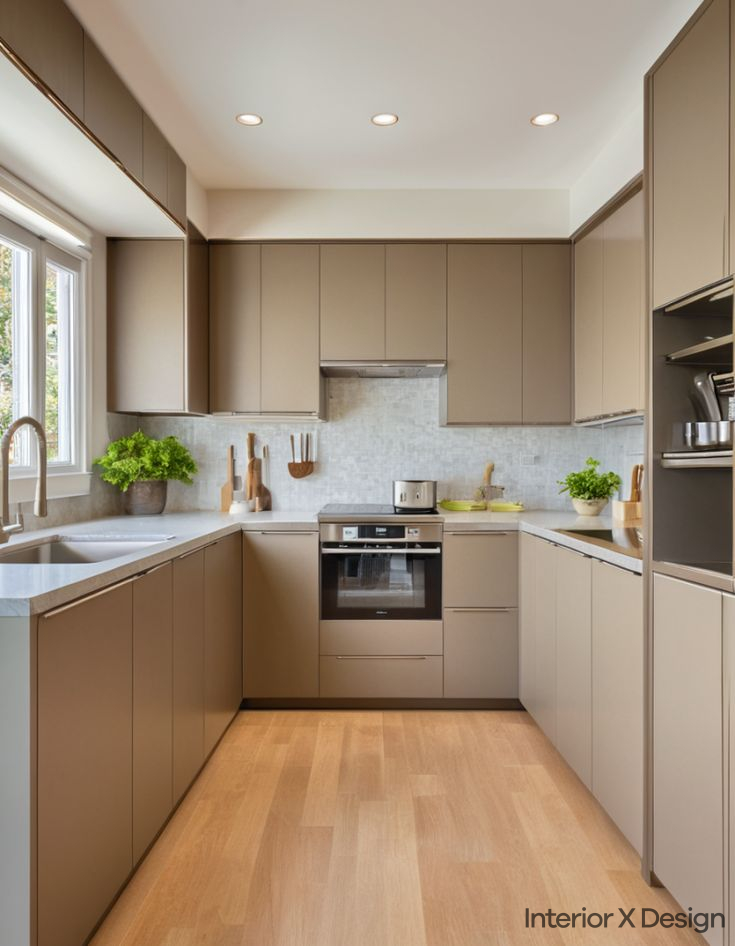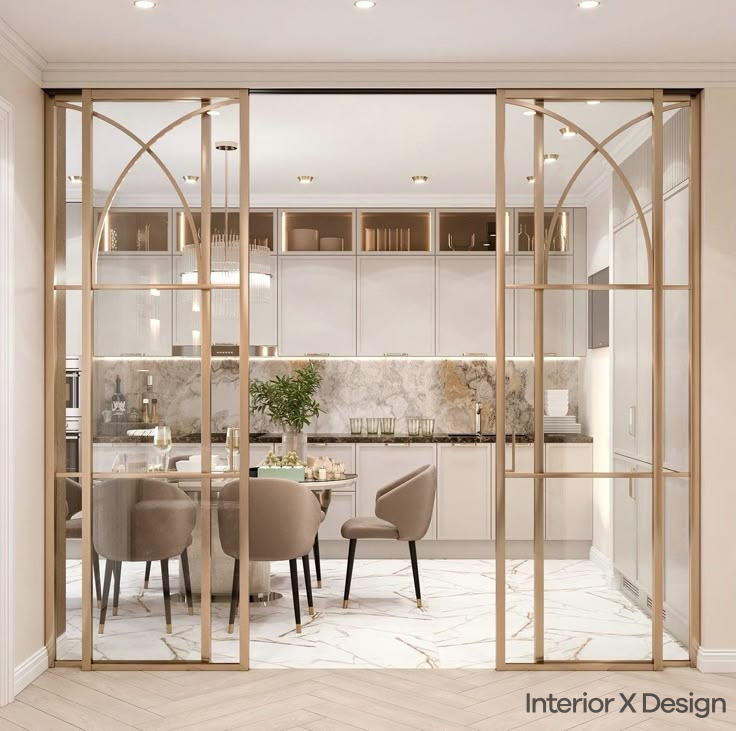Why Choose Glass Elevation Design?
1. Aesthetic Appeal
Glass elevates the visual appeal of buildings, giving them a sleek and contemporary appearance. Whether it’s a high-rise commercial building or a minimalist residential house, glass can enhance curb appeal.
2. Natural Light
Glass elevation designs optimize natural light, reducing the need for artificial lighting during the day. This contributes to energy efficiency and creates a pleasant indoor environment.
3. Energy Efficiency
Modern glass types, such as double-glazed or low-E glass, offer excellent insulation, helping maintain indoor temperatures and reducing energy costs.
4. Versatility
From reflective glass to frosted and tinted options, there’s a type of glass for every architectural need.
5. Durability
Tempered or laminated glass is highly durable, resistant to weather conditions, and designed to withstand impacts.
Types of Glass Used in Elevation Designs
1. Clear Glass
Clear glass is the most common choice for elevation designs. It offers transparency and allows maximum natural light into the building.
Applications:
- Office buildings
- Residential balconies
2. Tinted Glass
Tinted glass reduces heat and glare by absorbing sunlight. It’s ideal for regions with hot climates.
Applications:
- Commercial buildings
- Facades for energy-efficient designs
3. Reflective Glass
Reflective glass has a thin metallic coating that reflects heat and light, providing privacy and reducing energy consumption.
Applications:
- Corporate buildings
- Hotels and resorts
4. Frosted Glass
Frosted glass provides privacy while still allowing light to pass through. It’s often used for decorative purposes.
Applications:
- Residential homes
- Interior partitions
5. Laminated Glass
Laminated glass is created by sandwiching a plastic layer between two glass sheets, making it shatter-resistant and safe.
Applications:
- High-rise buildings
- Areas prone to natural disasters
6. Tempered Glass
Tempered glass is heat-treated to enhance its strength. It’s safe and often breaks into small, harmless pieces.
Applications:
- Commercial storefronts
- Skylights
Popular Styles of Glass Elevation Design
1. Curtain Wall Systems
Curtain walls are non-structural, lightweight glass panels fixed to a building’s frame. They are highly versatile and can be customized to create dramatic effects.
Key Features:
- Large glass panels
- Aluminum or steel framing
Example: High-rise buildings in urban areas often feature curtain wall systems for a modern look.
2. Spider Glazing
Spider glazing uses stainless steel fittings to support large glass panels. It’s commonly used in commercial spaces like malls and airports.
Key Features:
- Minimal framing
- Enhanced transparency
Example: The entrance of luxury hotels often features spider glazing for an elegant appearance.
3. Glass Balconies
Glass railings are increasingly popular for residential and commercial balconies. They offer unobstructed views while ensuring safety.
Key Features:
- Frameless or framed options
- Clear or frosted glass
Example: Luxury apartments with glass balconies overlooking cityscapes.
4. Structural Glazing
Structural glazing involves bonding glass to the building’s framework using sealants, creating a seamless look.
Key Features:
- Sleek and contemporary design
- Strong adhesive sealants
Example: Corporate office buildings and tech campuses.
5. Frameless Glass Elevation
Frameless designs use minimal hardware to create a clean and uninterrupted glass façade.
Key Features:
- Enhanced aesthetics
- Maximum natural light
Example: Modern villas with floor-to-ceiling glass panels.
Advantages of Glass Elevation Design
1. Improved Indoor-Outdoor Connection
Glass designs blur the boundaries between indoor and outdoor spaces, creating a sense of openness.
2. Energy Efficiency
Using advanced glass types can significantly reduce energy costs by maintaining indoor temperatures.
3. Enhanced Property Value
Buildings with modern glass elevations often have higher market value due to their visual appeal and functionality.
4. Versatile Designs
Glass can be customized to fit any architectural style, from minimalist to industrial.
How to Choose the Right Glass for Your Elevation Design
1. Climate Considerations
Select glass types based on your region’s climate. For hot climates, consider tinted or reflective glass to minimize heat.
2. Purpose
Determine the primary purpose of the glass elevation—whether it’s aesthetics, energy efficiency, or privacy.
3. Maintenance
Some glass types, like clear glass, require regular cleaning, while others, like frosted or tinted glass, are low-maintenance.
4. Budget
Glass elevation costs vary based on the type and installation method. Laminated and tempered glass are costlier but offer higher durability.
FAQs About Glass Elevation Design
1. What is the most durable type of glass for elevation design?
Tempered and laminated glass are the most durable options, offering safety and resistance to impact.
2. How can glass elevation designs reduce energy costs?
By using energy-efficient glass types like low-E or double-glazed glass, buildings can maintain indoor temperatures and reduce reliance on heating and cooling systems.
3. Are glass elevations safe during natural disasters?
Laminated glass is ideal for areas prone to natural disasters as it doesn’t shatter upon impact.
Real-Life Applications of Glass Elevation Design
Residential Projects
Modern villas often feature glass façades to create a luxurious and open living space. Balconies with frameless glass railings are also common.
Commercial Projects
Corporate offices and shopping malls use glass elevations to create a professional and inviting atmosphere. Spider glazing and curtain wall systems are popular choices.
Industrial Projects
Warehouses and factories utilize glass panels to improve natural lighting and reduce energy costs while maintaining a modern aesthetic.
Explore More at Interior X Design
For more inspiration and expert advice on glass elevation designs, explore our resources:
Conclusion
Glass elevation design offers endless possibilities for creating stunning and functional spaces. Whether you’re planning a residential, commercial, or industrial project, incorporating the right glass types and styles can transform your building into a modern masterpiece. For personalized guidance, contact our experts at Interior X Design.
Stay updated with the latest trends in glass elevation and interior design by visiting our blog.

